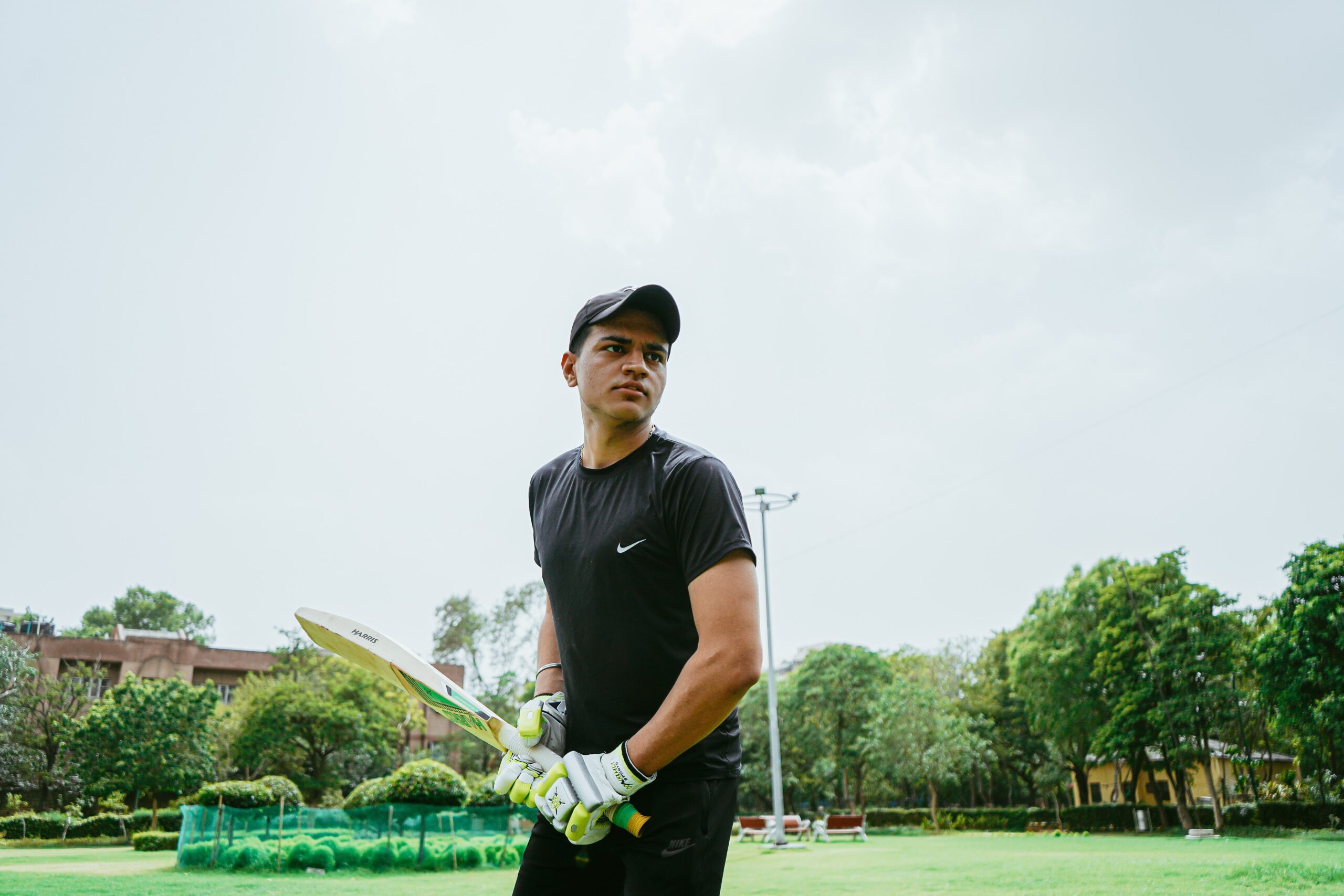A cricket bat is an essential tool in the game of cricket. Finding the appropriate bat is one of the most important aspects of playing cricket. Cricket bats are ranked according to the willows from which they are composed. There are mainly two kinds of cricket bats: English Willow and Kashmir Willow. They choose between an English willow cricket bat and a Kashmir willow cricket bat based on the usage of cricket players and the cost. Buy the bat from the best bat manufacturer in India.

The Principal Characteristics Of The Bat
First, we’ll go over cricket bat handles, Cricket bat sweet spots, cricket bat grips, cricket blades, bat grains, and cricket toe. The handles of cricket bats are joined to the bat’s body using a woodworking attachment known as a splice, which is simply a V-shaped plug. Then they’re inserted into a lathe and formed into primary handle forms like round and oval.
The user may pick between a round handle cricket bat and an oval handle cricket bat, depending on how they choose to hold their cricket bat.
1. Bat Handles
The sizes of bat handles are also divided. There are two types of handles: long and short. Cricket bats with long handles are used by players who are 6 feet or taller. Players commonly use cricket bats with a short handle. Cricket players should generally pick a cricket bat with a short handle for enhanced control.
2. Bat Grip
Cricket Bat Grips are present on the cricket bat’s grip. Rubber and composites are used to make cricket bat grips. Cricket bat grips are available in a variety of designs and patterns.
. The cricket bat grips include:
- Chevron cricket bat grip.
- Zigzag cricket bat grip.
- Plain cricket bat grip.
- Dynamic bat grip.
- Octopus cricket bat grip.
- Fish scale cricket bat grip.
3. Blades
The blade of a cricket bat is the primary body of the bat. The back of the cricket bat blade (Spine of the cricket bat) has a significant outward curve that gives the cricket bat weight and stiffness, while the front of the cricket bat blade is flatter and offers the main hitting surface.
The thickness of the cricket bat blade is essential in the game of Cricket.
- Flat face – increasing the power profile by retaining more bulk in the rear of the cricket bat by leveling out the striking region.
- Rounded face – preferred by more conventional cricket players, the round face has a more recognizable appearance but a narrower profile.
4. Grains
The age of the wood used to form a cricket bat is shown by the grains on the bat. Each grain represents one growing season. A cricket bat with a grain weight of 6 to 12 grains is an excellent sign of good cricket willow. Cricket bats with 6 grains are more flexible than bats with 10-12 grains, taking longer to knock in and attain peak performance.
All top-end bats should have 7 to 10 straight grains as a minimum. It will provide a healthy balance of life and performance. Anything higher than ten will produce excellent performance but need more energy, whereas anything lower than seven is suitable for team cricket bats that require longevity.
As a result, one must pick between the performance and the life of a cricket bat that matches their budget. Higher grain counts aren’t always the greatest.
5. Sweet Spot
The middle of the cricket bat blade is the sweet spot. However, batters will use different areas to play different strokes. The sweet spot on a cricket bat is the region of the bat that gives the cricket ball the most ping and travel speed when it is hit from that location or zone. No cricket bat will have a nice ping and handle size at the bottom.
Finally, these are some of the significant features to understand before buying the bat. Contrary to popular belief, high-end bats do not provide ping even at the bottom of the lineup. If you can time all of your shots using the sweet spot, you’ll be dubbed a cricket master.

